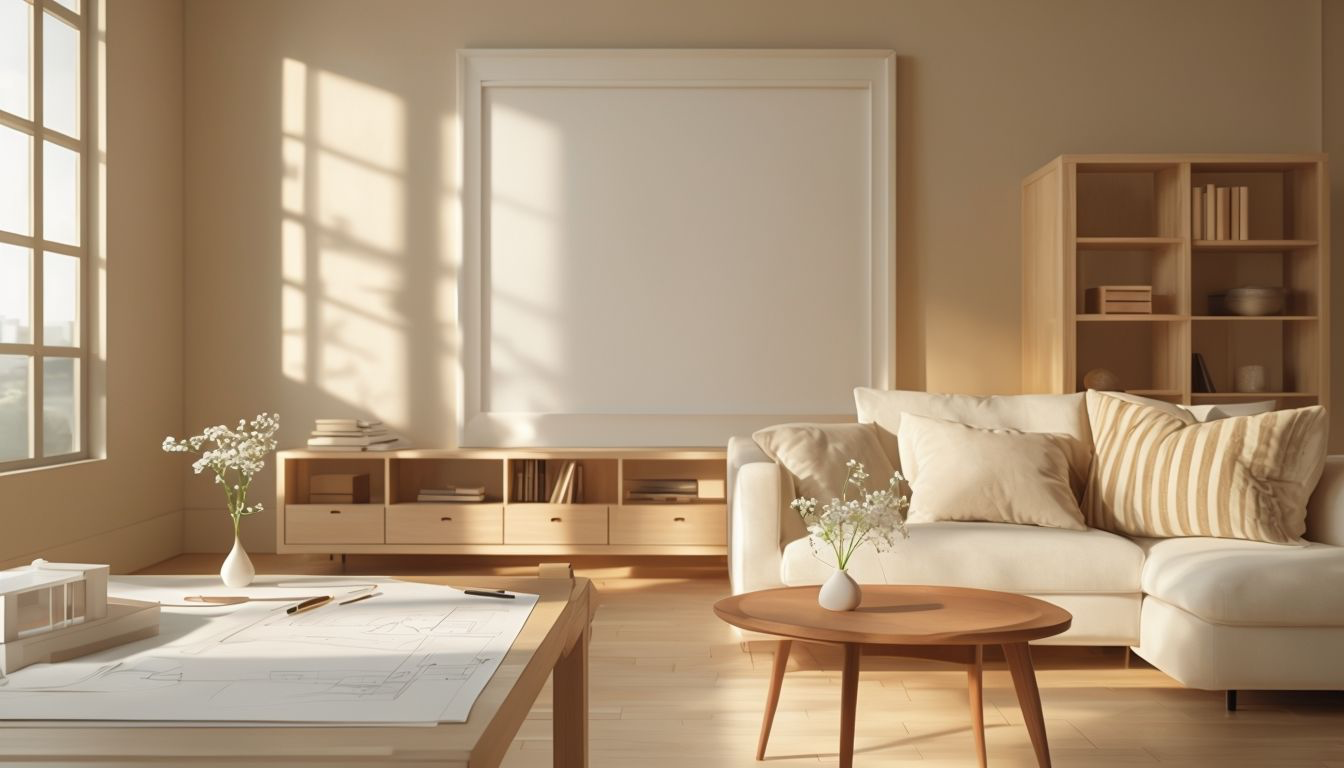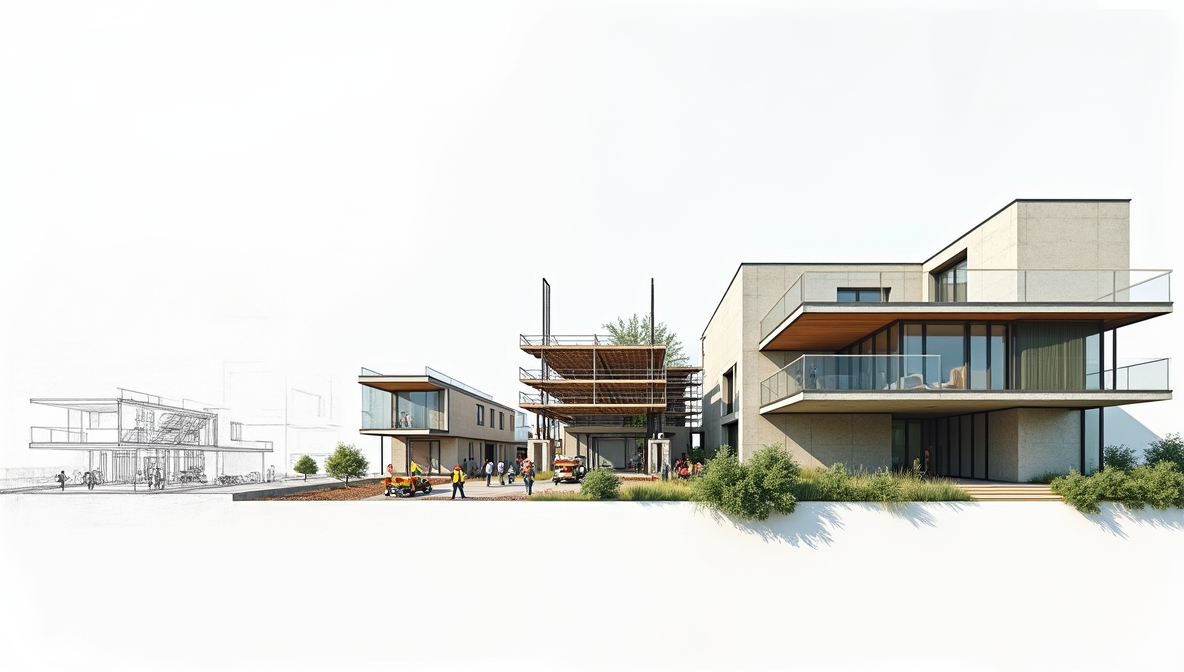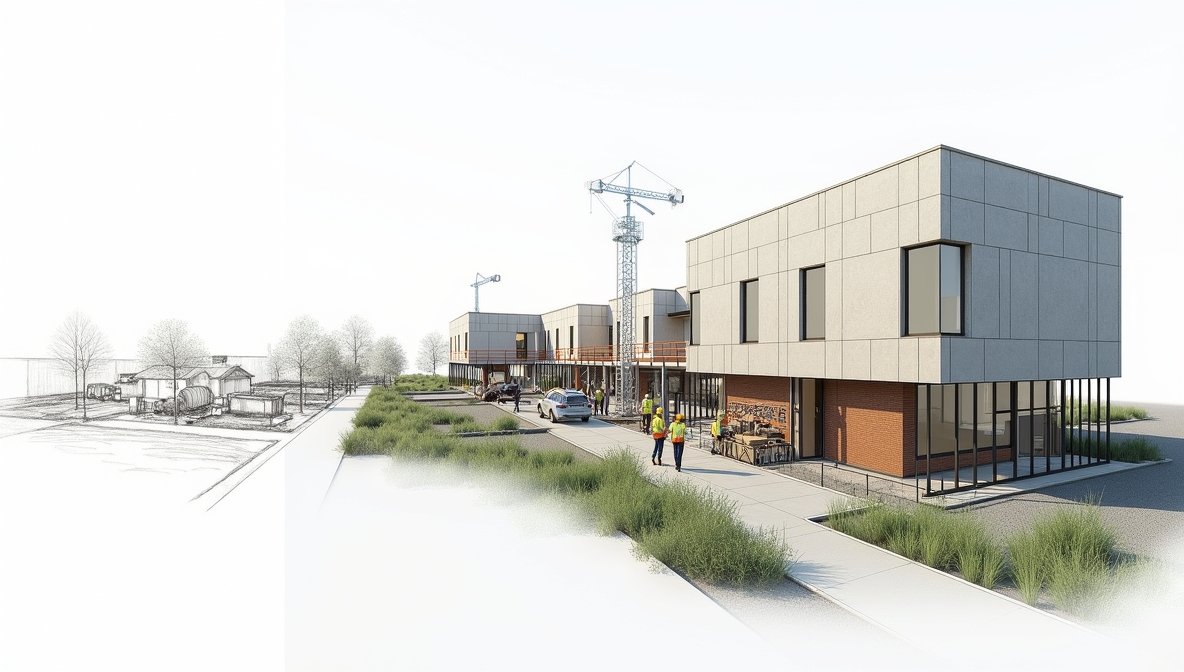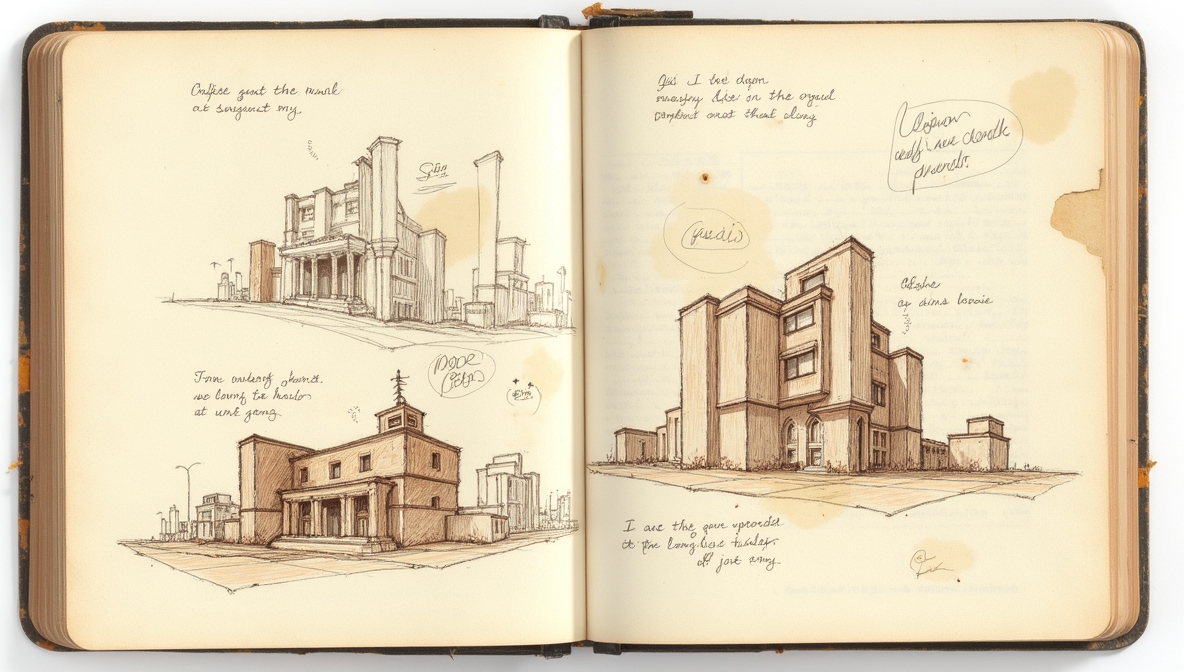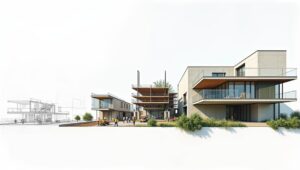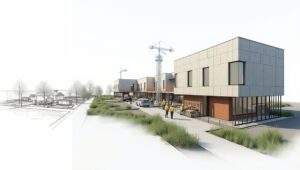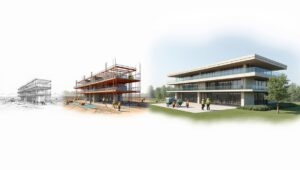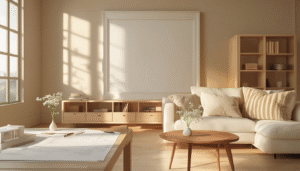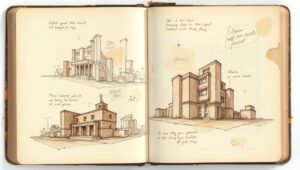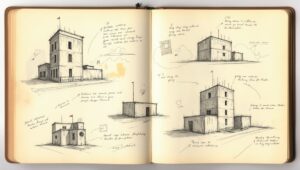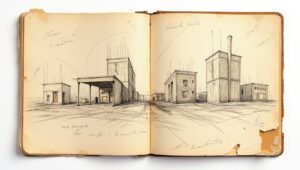FROM SKETCH TO STRUCTURE
"You can use an eraser on the drafting table or a sledgehammer on the construction site."
— Frank Lloyd Wright
THE JOURNEY OF ARCHITECTURAL DESING
Introduction
Architecture, at its core, is a deeply human endeavor—an act that begins not with blueprints or technology, but with a simple gesture: the movement of a hand across a page. The process of design is not merely a technical progression from idea to building; it is a philosophical, bodily, and emotional journey. The sketch is more than a drawing—it is the architect’s first conversation with space. In this essay, I explore how architectural design evolves from intuition to intention, from thought to structure, through the insights of Juhani Pallasmaa’s The Thinking Hand and Geoffrey Broadbent’s Design Methods in Architecture. The aim is to reflect on the role of the body, the mind, and the method in shaping our built world.
Embodied Knowledge and the Wisdom of the Hand
In The Thinking Hand, Pallasmaa challenges the modern separation between the intellect and the body in the creative process. He argues that the hand is not a passive tool but an active part of thinking—it feels, interprets, and knows. The act of sketching becomes an extension of the architect’s internal world, where the tactile meets the intuitive.
This embodied wisdom is something that technology, with all its precision, cannot replicate. A computer can render lines, but it cannot express doubt, emotion, or rhythm the way a hand-drawn sketch can. Through the movement of the hand, the architect negotiates with form, shadow, and silence. The drawing becomes a space of discovery rather than control. In this way, design begins not as a solution, but as a question.
From Intuition to Method: The Role of Design Thinking
While Pallasmaa emphasizes the existential and sensory roots of design, Geoffrey Broadbent provides a complementary perspective by categorizing different approaches to architectural thinking. In Design Methods in Architecture, Broadbent outlines rational, intuitive, and systematic models that architects use—showing that the path from sketch to structure is neither linear nor universal.
Some architects begin with a narrative or metaphor; others rely on analysis, programming, or typologies. What matters, according to Broadbent, is the awareness of one’s method and its implications. Good design is not only about creativity but about knowing how creativity is organized. When intuition and method converge, the architectural process becomes both poetic and rigorous.
The Creative Struggle and the Ethics of Design
Both authors acknowledge that design is not a smooth path—it is a process full of uncertainty, conflict, and revision. Yet it is precisely in this struggle where meaning is formed. The ethical dimension of design emerges when the architect listens—not only to the client or the context but to the quiet voice of the idea taking form.
Sketching, revising, modeling—each stage reflects a dialogue between the mind, the hand, and the world. The architect is not merely imposing a vision onto space; they are discovering what the space wants to be. This sensitivity, this openness, is what transforms design from mere planning into an art of responsibility.
The Journey Becomes the Architecture
Ultimately, the journey from sketch to structure mirrors the human journey: it is shaped by imagination, discipline, and vulnerability. A well-designed building does not just reflect efficiency or beauty; it embodies the depth of thought and feeling that went into its making. The hand-drawn line contains the seed of a place where lives will unfold.
Architecture is not only about what is built, but how it is built—how it is dreamed, explored, and questioned. Pallasmaa and Broadbent remind us that to design is not simply to solve problems, but to shape experiences, to frame time and memory, and to give form to what was once invisible.
Conclusion
The architectural process is a deeply human act—one that begins in the fingertips and unfolds through method, struggle, and care. From the trembling line of the first sketch to the solidity of a built structure, every decision reflects a conversation between body, mind, and world. As architects, or simply as humans who inhabit space, we are called to see design not as a product, but as a path—one that honors both the complexity of thought and the beauty of intuition.
Libro: “The Thinking Hand: Existential and Embodied Wisdom in Architecture” (Juhani Pallasmaa) → Explora el proceso creativo del diseño (en Google Books).
Investigación: “Design Methods in Architecture” (Geoffrey Broadbent) → Capítulo en Emerging Concepts in Urban Space Design (disponible en ScienceDirect).
